
PR
It was about 670 years ago, a time unprecedented in our country's history, when there were two Imperial Courts, the Northern and Southern Dynasties, which competed with each other for supremacy.Emperor Kogon, the first emperor of the Northern Dynasty, who was installed by the 14th regent of the Kamakura Shogunate, Hojo Takatoki, also led a tumultuous life, being both enthroned and imprisoned by the upheavals of the Northern and Southern dynasties.
As a gruesome anecdote of the time, Emperor Kogon was himself wounded during the downfall of the Kamakura Shogunate and witnessed the suicide of more than 400 Kamakura samurai. He was so distressed by the loss of many more lives during the ensuing upheavals that he shaved his head and became the Pope, and set out on a pilgrimage accompanied by his attendant monk Junkaku to mourn the souls of those killed in the upheavals. In his later years, he crossed Matsuo Pass and arrived at Yamakunisho, the present-dayKeihoku, Ukyo-ku, Kyoto Citywas.
When His Holiness proceeded up the mountain path, looking out over the countryside from the Kamikatsuragawa (Oigawa) River, his field of vision suddenly opened up. He saw the beauty of the Kyoboku mountains and villages, and the abundance of water, and said, "Behold, Junkaku. From this place, the mountains block the north and the water flows toward the south.Nanao Shichitani, there must be a Buddha or a Bodhisattva in the bosom of that mountain.The town of Keihokucho, Kyoto, was admired by the local people, who said, "I am very proud of my hometown,I could sit on a stone nearby and admire the scenery for a while.It is conveyed as.
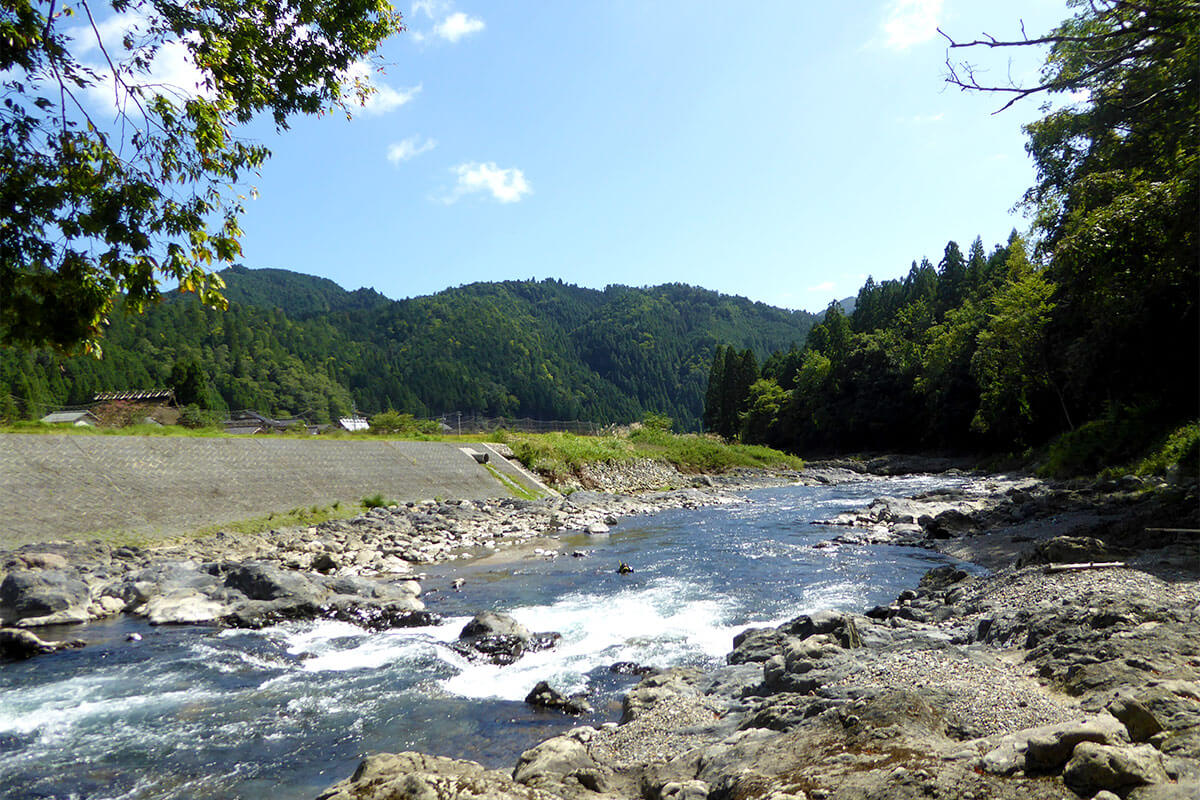
The riverbanks of the Kamikatsuragawa River (Oigawa River)
Later, an unknowing traveler passed by and sat down on the stone on which H.H. Kogon was sitting to rest. When he tried to stand up, his buttocks stuck to the stone and would not come off. Since then, local people have kept the stone,The stone was called "Kougen-sama no koshikakeishi," or "the stone on which the Lord Kougen sits," and was revered as a precious stone.They were afraid that common people would sit on them, and if they did, it was rumored that their buttocks would get stuck to them, so they never sat on them. Also,When passing by the precious stone on the Kwangon Ancient Road, those leaving the village prayed for safety on their journey, and those entering the village thanked God for their safety so far.I ask.
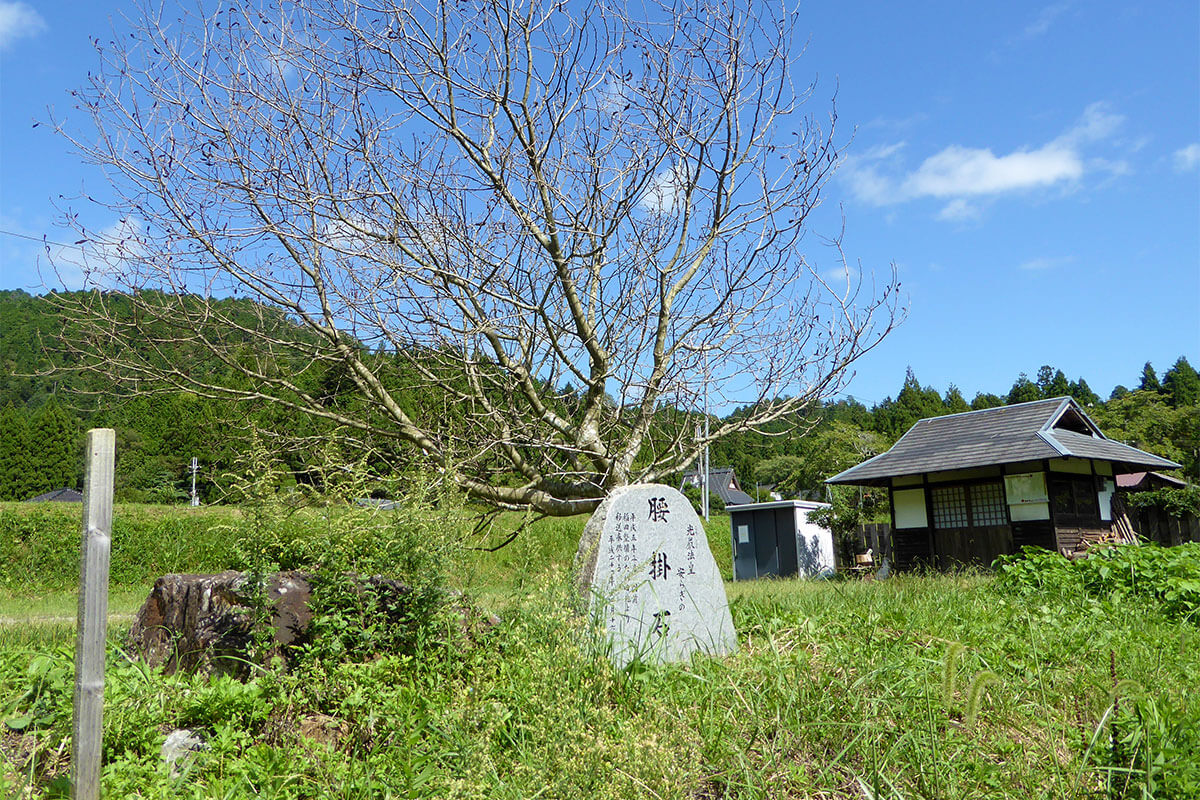
stone thrown from the throne by H.H. King Kwang-gon
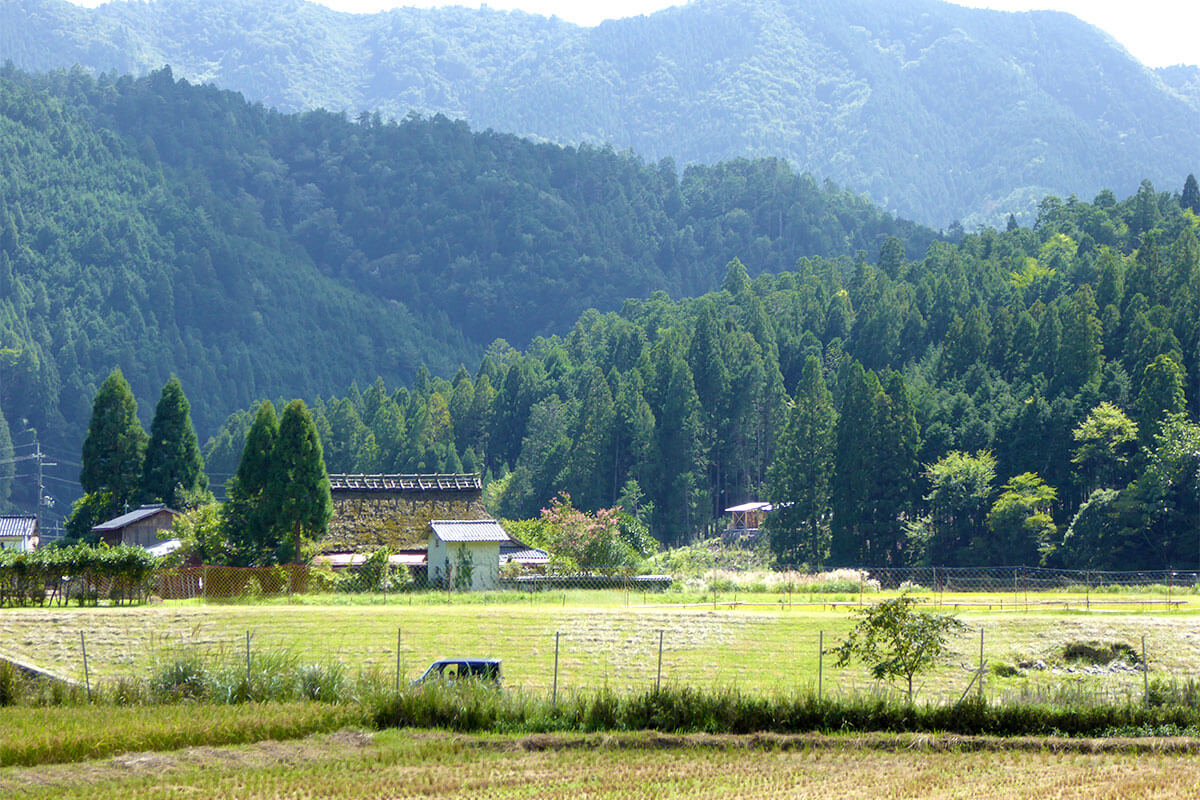
Keihoku-no-sato seen from near the Koshikake-ishi stone
After entering the mountainous northern part of Kyoto, Hōhō Kōgen retired to this place, opened Jōshōkōji Temple, and lived there until his death.At Joshokoji Temple, there is a cherry tree called "kujyu-zakura," which is said to have been brought and planted together by Emperor Komyo, his younger brother, to comfort his elder brother living in the mountainous region, and is designated as a national natural monument.
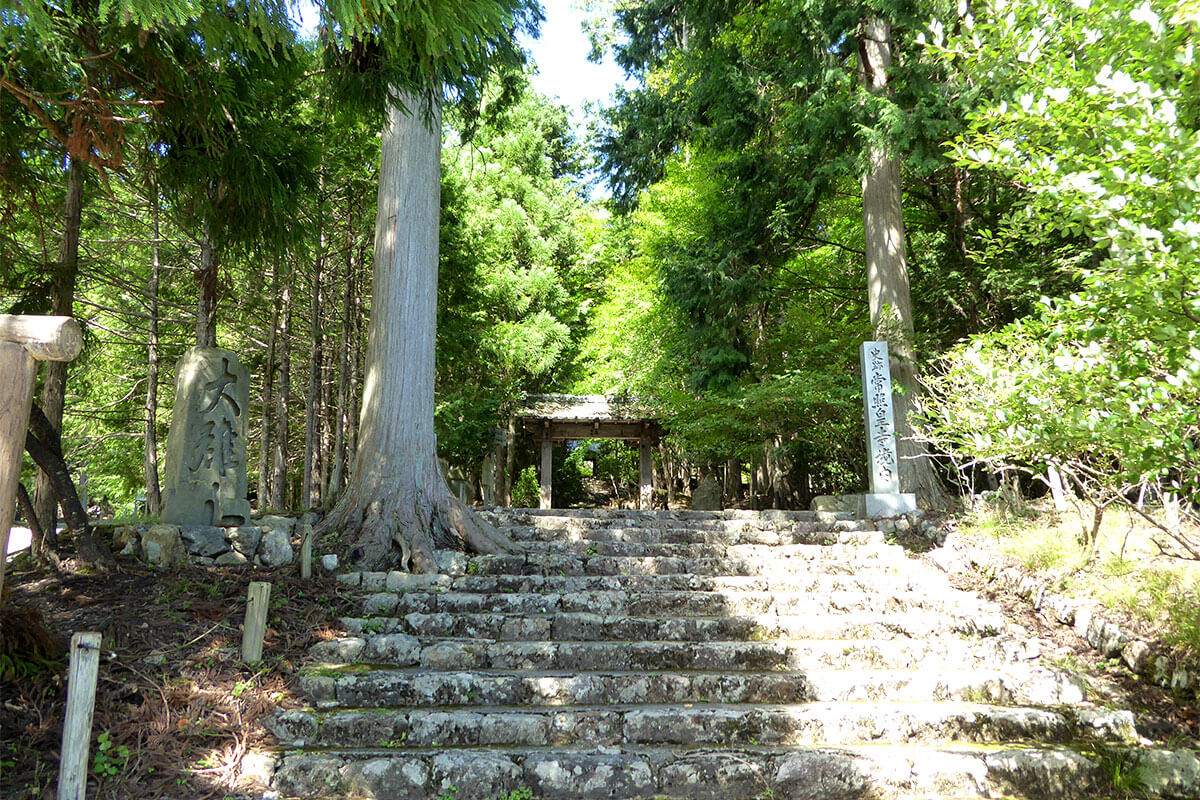
(Chinese term of reference to) the Everlasting Sun
It is not difficult to imagine how comforting it must have been for His Holiness, who had been tossed about by a harsh fate, to have his final home nestled in this mountain village rich in greenery and water.The roadside stone on which H.H. Kogon sat is still enshrined as "Koshikakeishi," a precious stone on the Kogon Historic Trail, and watches over all who pass by.
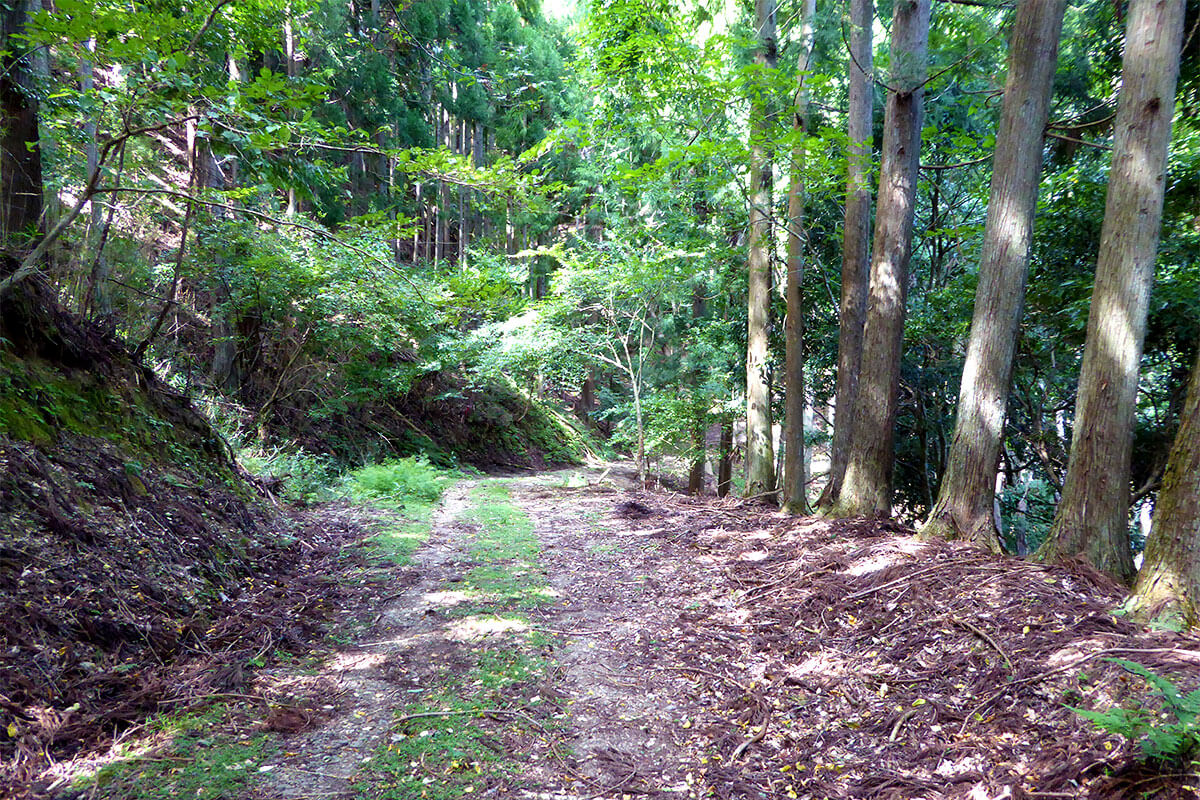
Kwangen Ancient Trail
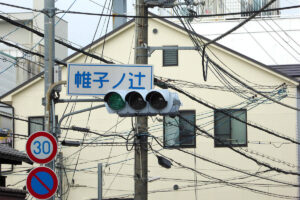
Empress Danrin, who was a matchless beauty, and the entrance to the burial ground
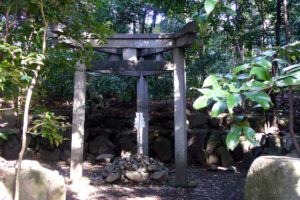
Nationally unique three-pillar torii gate
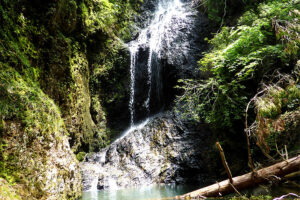
Waterfall associated with Jukai Kaishi, nephew of Nobunaga Oda
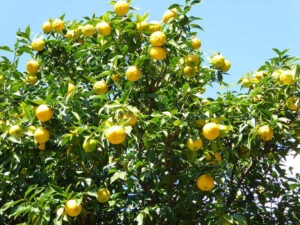
Yuzu Fruits in a Hidden Village in Kyoto
Tradition that exists everywhere in the city of Kyoto. It is not just a picture, it is secretly alive in this modern age and continues to coexist with people. The two of Office TO, who previously wrote a series of articles "Kyoto's Demon World Exploration" in the monthly magazine Leaf, explore the mysterious "different" world of Kyoto, which was created over 1200 years. I will unravel the story while actually visiting the place. .
 News
News Feature article
Feature article Featured event
Featured event